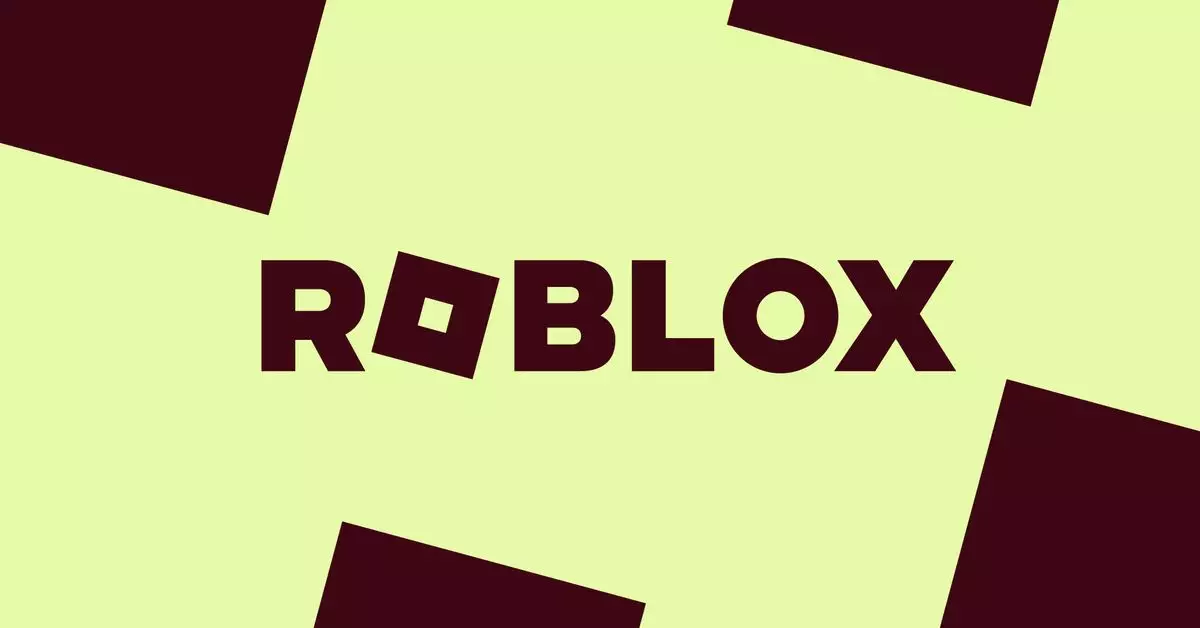In recent months, Roblox has faced increasing scrutiny regarding its safety measures for young users. Reports detailing the presence of predatory behavior on the platform, coupled with actions taken by governments, such as Turkey’s temporary ban on access, have underscored the urgency for changes. To address these significant concerns and restore trust among parents and users alike, Roblox is implementing several critical updates to its parental controls. These measures aim to enhance the safety of its younger audience while providing parents with tools to manage their children’s online interactions more effectively.
Roblox, an immensely popular platform where users can create and interact within immersive virtual environments, has found itself at a crossroads. A report by Bloomberg highlighted alarming incidents involving online predators exploiting the game to target vulnerable children. Following these revelations, calls for improved safety protocols became louder, culminating in the Turkish government’s decision to briefly block access to the platform, citing child protection concerns. Such events significantly pressured Roblox to reconsider its safety protocols, leading to the forthcoming changes aimed at enhancing parental controls.
The upcoming changes marked by Roblox represent a clear shift towards empowering parents. An email from the company outlines how parents will now have the opportunity to create specialized accounts that link directly to their child’s profile. By establishing these parent accounts, guardians can gain insights into their child’s gaming habits, including daily screen time and interaction with friends on the platform. This newfound transparency enables parents to engage with their children’s online experiences more effectively, fostering open conversations about their activities.
While the introduction of linked accounts is a positive step, it’s crucial to examine the limitations imposed by Roblox. Notably, parents will no longer have the ability to set a PIN for account changes or impose restrictions on their child’s in-game communications. This aspect raises concerns regarding how much control parents genuinely retain over their child’s online interactions and whether the new system sufficiently mitigates risks.
Understanding Content Maturity Labels
Another significant shift is the introduction of content maturity labels designed to categorize the nature of experiences within Roblox. Instead of relying on age-based guidelines, which may not adequately reflect the nuances of each gaming experience, the platform plans to label content as “mature” or “moderate.” This approach strives to provide parents with clearer information about the nature of interactions their children can encounter. However, the effectiveness of this initiative depends on how well parents familiarize themselves with these new content categories and actively participate in discussions with their children regarding the importance of these labels.
For instance, much of the content that previously would have been classified as suitable for older children could now fall under the “moderate” category, which may include elements of violence or crude humor. As such, parents must remain vigilant in understanding these nuances and ensuring that their children engage only with appropriate content.
The updates also involve stricter default settings for users under 13, necessitating parental permission to access specific chat features and experiences that have a moderate content label. This move reflects a commitment to creating a safer environment for younger users, taking into account their developmental stages and the challenges posed by unchecked online interactions. However, as with any blanket policy, there may be instances where such restrictions might inadvertently limit positive social interactions among peers.
For those children aged between 9 and 12 engaged with Roblox, parental involvement in navigating these new permission processes will be key. It presents an opportunity for dialogue between parents and children, allowing families to establish healthy online engagement patterns as well as trust between both parties.
As Roblox prepares to roll out these changes, it is evident that the platform is making a concerted effort to create a safer online environment for its youngest users. By instituting new parental controls and content labels, the company is acknowledging the weight of parental responsibility and the importance of safeguarding children’s experiences in digital spaces. However, the lingering questions about the limitations of these controls and the potential challenges they may present for both parents and children warrants cautious optimism.
Moving forward, ongoing dialogue between developers, parents, and users will be essential in shaping a secure and enjoyable gaming community on Roblox. As these updates take effect, it will be critical for both Roblox and parents to assess their impact and continue striving toward a safer digital landscape. Above all, fostering an environment built on communication and understanding will empower families to navigate online experiences more effectively.

